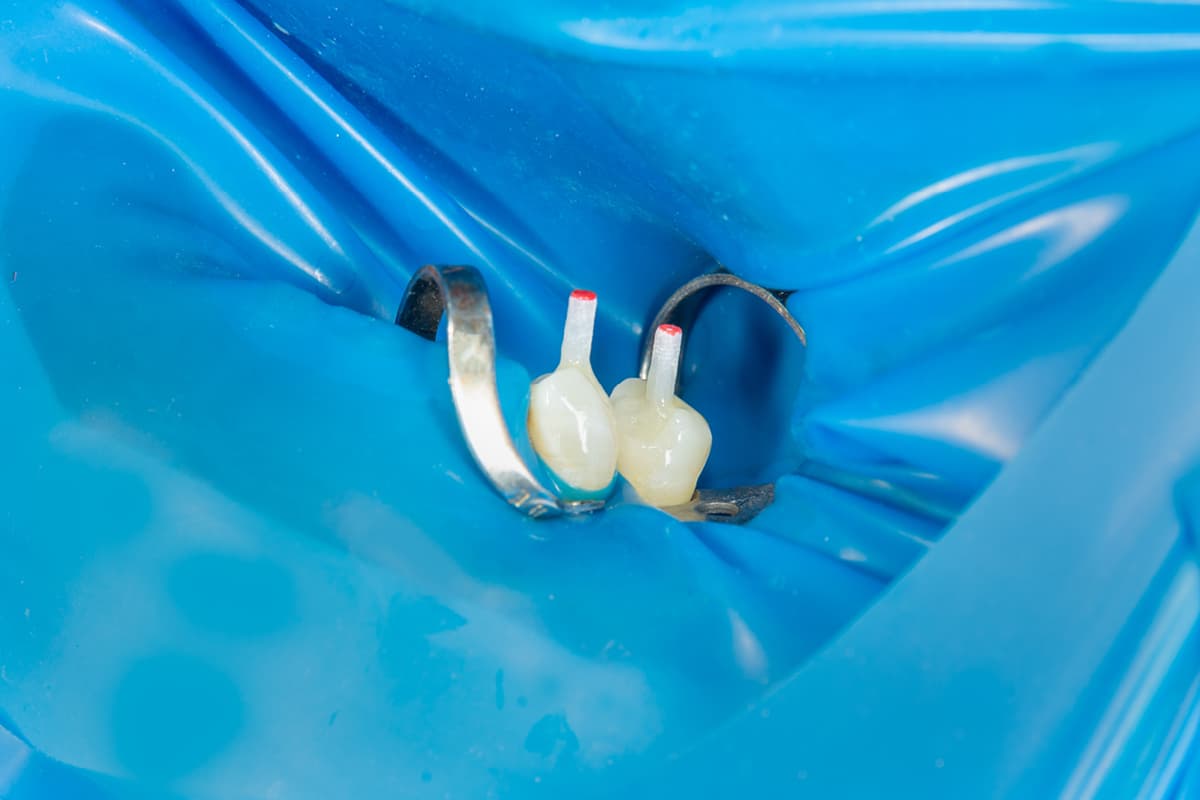
Endodontically treated teeth are those that have undergone endodontic therapy to remove infected or necrotic pulp tissue, followed by cleaning, shaping and filling of the root canals. Once treated, these teeth require restoration to restore their function, aesthetics and structural integrity.
This type of restoration represents a complex clinical decision that involves several factors including the quantity and quality of remaining tooth structure and the type of tooth (incisor, canine, premolar or molar).
Why is it important to have post-endodontic restoration after root canal therapy?
After root canal treatment, the structure of a tooth is often compromised. The process of disinfecting and shaping the canals usually leads to the loss of healthy tooth tissue, making the tooth more susceptible to fractures.(1) Research has shown that unrestored endodontically treated teeth have a higher incidence of fracture, resulting in possible tooth loss.(2) Therefore, this type of restoration is not only essential to restore the function of the tooth, but also to prevent further damage and ensure its long-term retention.
In addition to biomechanical complications, endodontically treated teeth are also more susceptible to bacterial contamination and reinfection. Adequate restoration can provide a barrier that prevents bacterial invasion, which is essential for maintaining the health of surrounding tissues.(3) In this way, an appropriate restoration significantly increases the longevity of endodontically treated teeth, improving their long-term prognosis.
Types of post-endodontic restoration
The type of restoration used for an endodontically treated tooth depends largely on the position and type of tooth (incisor, canine, premolar or molar), the amount of coronal tooth structure remaining, and the functional needs of the tooth itself.
Restorations can generally be divided into two categories: direct and indirect.
Direct restorations
Direct restorations are placed in a single session, where the dentist uses materials such as composite resins to fill the cavity after root canal therapy and reconstruct the deficient tooth structure. Composite resins are commonly used for posterior and anterior teeth due to their aesthetic and clinical advantages (4).
However, direct restorations usually require a certain amount of healthy tooth structure to be effective. In cases where a significant portion of the crown is lost, direct fillings may not provide sufficient strength and support.
Indirect restorations
Indirect restorations such as crowns or inlays are manufactured outside the mouth and cemented at a later time. Crowns are particularly suitable for severely damaged teeth; a full crown includes the entire coronal portion of the tooth, offering strength and protection against fracture.(5)
There are several types of crown, including metal, porcelain fused to metal (PFM) and all-ceramic, each with specific advantages and limitations. Metal crowns are very durable and can withstand significant chewing forces. All-ceramic crowns, on the other hand, offer superior aesthetics, but may be less durable than metal crowns, particularly in areas subjected to heavy loads.(3)
Factors influencing the success of post-endodontic restoration
A variety of factors contribute to the success or failure of restorations of endodontically treated teeth.
These factors include the extent of damage to the tooth, the quality of the root canal therapy, the choice of restorative material and the technique used for placement.
- Tooth structure and damage
The amount of tooth structure remaining after root canal therapy is one of the most critical factors in determining the type of restoration needed. Teeth with significant coronal destruction often require additional reinforcement, such as the insertion of a post. Posts are typically placed in the root canal space to provide additional retention for the final restoration. However, the decision to use a post is not always simple, since, in some cases, the placement of posts can weaken the tooth, especially if a significant part of the root structure is compromised.(4) - Quality of root canal treatment
The quality of the initial root canal treatment is an equally important factor in the success of the restoration. Inadequate root canal therapy can lead to reinfection or restoration failure, as bacteria may persist in the canals or surrounding tissues. Adequate sealing of the root canals and the use of biocompatible filling materials are essential to ensure that the tooth remains healthy after treatment (1). - Restoration Material
The choice of restoration material plays a fundamental role in the longevity and functionality of the restoration. Although composite resins offer aesthetic advantages and low costs, they may not provide the same durability as metal or ceramic crowns, particularly in high-stress areas such as the molars. It is essential to match the material to the clinical situation, considering the position of the tooth and the functional needs it will have to address. - Clinical technique and experience
The dentist’s skill and experience also contribute to the success of the restorations of endodontically treated teeth. Correct tooth preparation, the appropriate use of a post and accurate adhesion of indirect restorations are essential prerequisites for achieving the best results. Studies have shown that clinician experience can significantly influence the longevity of the restoration, with experienced clinicians achieving higher success rates.(3)
Conclusions on post-endodontic reconstruction
Restoration of endodontically treated teeth is essential to ensure their function, stability and long-term retention. The choice between direct and indirect restorations depends on several factors, including the amount of remaining tooth structure, the type of tooth and aesthetic considerations.
Furthermore, factors such as the quality of root canal therapy, the selection of materials and the experience of the dentist play a crucial role in the success of these restorations.
References
- Cheng, Lin, et al. “Fracture Resistance of Endodontically Treated Teeth Restored with Different Post and Core Systems.” Journal of Prosthetic Dentistry, vol. 113, no. 2, 2015, pp. 106-112.
- Ricketts, D. N., et al. “The Effect of Post Length on the Fracture Resistance of Endodontically Treated Teeth.” Journal of Prosthetic Dentistry, vol. 89,
- López-López, José, et al. “Factors Influencing the Prognosis of Root Canal Treated Teeth.” International Endodontic Journal, vol. 50, no. 7, 2017, pp. 609-620.
- Müller, Sven, et al. “Direct Composite Restorations in Endodontically Treated Teeth: A Literature Review.” Journal of Esthetic and Restorative Dentistry, vol. 30, no. 1, 2018, pp. 10-19.
- Grove, Jamie, et al. “Material Considerations for Restoring Endodontically Treated Teeth: A Review.” Journal of Clinical Dentistry, vol. 33, no. 2, 2022, pp. 78-84.
Would you like more information about Zhermack Dental products and solutions?
Contact us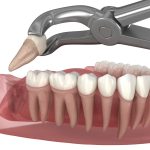
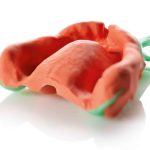
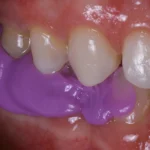
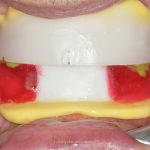

 Zhermack SpA has been one of the most important producers and international distributors of alginates, gypsums and silicone compounds for the dental sector for over 40 years. It has also developed solutions for the industrial and wellbeing sectors.
Zhermack SpA - Via Bovazecchino, 100 - 45021 Badia Polesine (RO), Italy.
Zhermack SpA has been one of the most important producers and international distributors of alginates, gypsums and silicone compounds for the dental sector for over 40 years. It has also developed solutions for the industrial and wellbeing sectors.
Zhermack SpA - Via Bovazecchino, 100 - 45021 Badia Polesine (RO), Italy.


